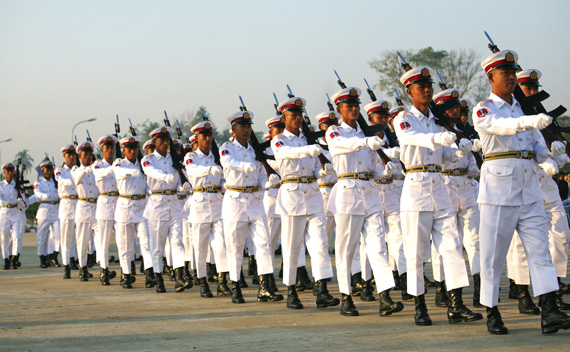Burma: Back to War?
More on:

Over the past week, predictions of looming conflict in Burma’s ethnic minority areas finally seem to be coming true. After stepping up its attacks on some of the smaller ethnic minority militias, the Burmese military now has taken the fight to one of the largest groups, the Kachin Independence Army (KIA). For decades until 1994, the KIA had fought a civil war against the Burmese regime, but then it signed essentially a cease-fire agreement with the government. Now, however, that cease-fire appears to be over, foreshadowing a wider war in Burma’s ethnic minority regions.
The new battle with the KIA threatens severe instability in a region with porous borders. At least thousands of refugees are already fleeing the Kachin areas, many to China, and internal displacement within Myanmar likely will grow. There are virtually no aid organizations operating in the Kachin areas, as compared to those aid groups who assist Burmese refugees who flee to Thailand.
Furthermore, the KIA fighting brings up the question of China’s position. Unlike two years ago, when the Burmese regime attacked a smaller ethnic army, this time there were many warnings before the fighting, and Chinese officials certainly knew what was coming. Though Beijing officially has cautioned Burma to calm the fighting, China also has hosted a number of senior Burmese officials in recent days, suggesting that it at least tacitly approves of this offensive. After all, with resistance from the KIA minimized, the Kachin area will be even more open for investments--some might say exploitation--by Chinese investors, who already have made major inroads there. Still, Beijing has to be careful. Larger refugee flows into China could add to instability on its borders, putting both provincial officials--and possibly, the PLA--in an uncomfortable situation.
More on:
 Online Store
Online Store